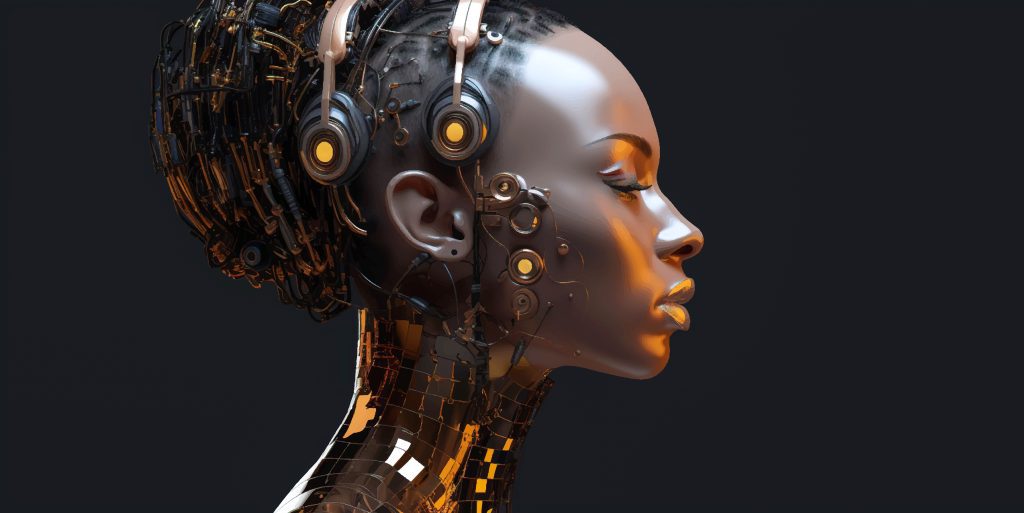
Abdulmotaleb El Saddik, a professor at Mohamed bin Zayed University of Artificial Intelligence, discusses Caltech’s multimodal robotic-sensing platform called M-Bot, which enables robots to sense temperature, pressure, and toxic chemicals through artificial skin for robots.
- The artificial skin of M-Bot is essentially a gelatinous hydrogel, similar to human fingers, with printed sensors that detect various parameters.
- El Saddik states that physical feeling is not necessary for robots to effectively perform tasks, but the artificial skin can enhance emotional interactions, such as connecting loved ones over long distances.
On June 19th, Acting Department Chair of Computer Vision, and Professor of Computer Vision at Mohamed bin Zayed University of Artificial Intelligence (MBZUAI), Abdulmotaleb El Saddik spoke with WIRED regarding Caltech’s multimodal robotic-sensing platform, dubbed M-Bot.
The innovation gives the robot the ability to sense temperature, pressure, and toxic chemicals, allowing human operators greater control over the machine and protection against potential hazards.
The artificial skin for robots is made of a gelatinous hydrogel giving the “fingers” a similar nature to ours. But it is the sensors printed into the hydrogel that pick up on the parameters. The process of printing these sensors onto the artificial skin is not too dissimilar to an inkjet printer. The researchers first print silver nanoparticle wires and then add layers of micrometer-scale sensors. These sensors allow the artificial skin to detect various substances and compounds. These sensors are also customizable, so the sensors detect one given compound. For example, graphene impregnated with platinum quickly and selectively detects TNT. And carbon nanotubes equipped with specific antibodies can detect a virus.
The artificial skin for robots is coupled with printed electrodes on the user’s forearm to sense electrical signals that muscles generate when the user moves his hand and wrist. Machine learning then converts these signals into gestures for controlling the robotic arm. The system also provides feedback to the user’s skin through mild electrical stimulation. For example, if the user grips an object too tightly with the robotic hand, they will feel a slight tingle as a warning.
El Saddik believes that robots don’t need to feel saying in the interview, “Regarding physical feeling, or haptics: No, it is not necessary for robots to physically feel things like humans do. While there may be some advantages in some given applications, such as enhancing caregiving roles or some medical applications, it is not a fundamental requirement for robots to perform their tasks effectively.”
However, he does make it clear that the artificial skin for robots could bridge the gap when it comes to emotional interactions. Especially when it comes to long distance interaction with loved ones. “The ability to physically feel the touch, including handshakes and shoulder patting, could contribute to creating a sense of connection and empathy, enhancing the quality of interactions, particularly for the elderly and people living at a distance or those who are in space – astronauts connecting with their family and children,” he says.
El Sadik finds this invention interesting beyond what it can do for sectors. He’s focusing on “the haptic interface to humans rather than robots.” In fact, in a recent paper that he co-authored, he explores the potential that combining the digital twins concept with robotics has in the metaverse. What he is proposing is a handshake between two “real” individuals or twins through handshake data captured by their “robot” or “digital” twin through a communication network.
The use cases of artificial skin for robots that enable the user to sense things through the machine are endless. Such technology could mean an unprecedented improvement to human prosthetics.
Inside Telecom provides you with an extensive list of content covering all aspects of the tech industry. Keep an eye on our Tech sections to stay informed and up-to-date with our daily articles.